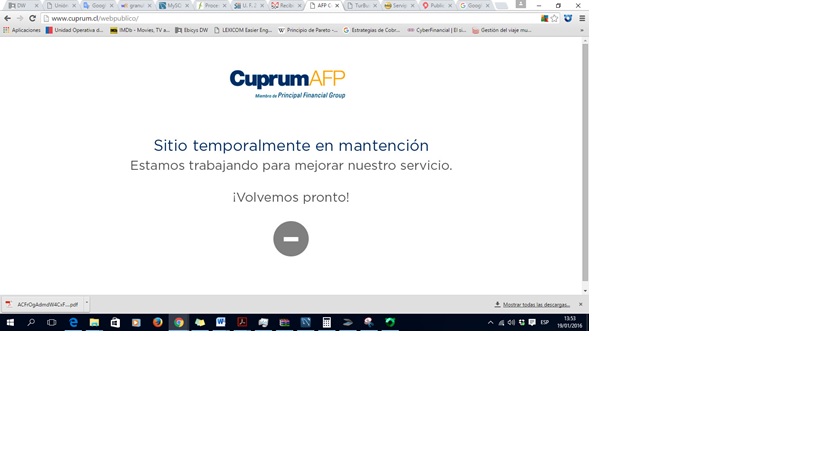

In Chile, before 1981, there was a public pay-as-you-go pension system, which was managed by the state and had some failings (Arellano, 1985). The capitalism promoted led to high unemployment and inflation rates, thus jeopardising the quality of life of the majority of Chileans (Durán & Kremerman, 2018). Furthermore, “In Chile, socio-economic inequality is not limited to aspects such as income, access to capital or employment, but also encompasses education, political power, and the respect and dignity with which people are treated” (PNUD, 2017, p.5). The neoliberal “experiment” performed in Chile (Foxley, 1988 Harvey, 2007) during the Pinochet dictatorship, inspired by the market economy of the “Chicago Boys” (Correa, 2005 De Castro & Méndez, 1992), involved the dismantling of the public sector and relegating the state to a secondary role, thus, allowing private companies to take drastic measures (Harvey, 2005 Klein, 2012), producing structural inequality (PNUD, 2017).Īccording to the figures released by the World Bank and the Organization for Economic Cooperation and Development (OECD), Chile tops the ranking of the most unequal countries among the world’s leading economies. The post-dictatorial democratic system in Chile was not precisely characterized by a great concern for the people’s interests and welfare. Keywords: video activism social media protest social movement Chile The videos were basically used for propaganda and informational purposes and became a challenge against hegemonic media production in Chile the main actors were citizens opposing the corporate, the hegemonic media and the government and the streets, the traditional protest setting, were the preferred location.
#Www afp cuprum cl Offline
The main conclusion is that video activism was central to supporting the movement’s offline strategy. A qualitative (content analysis) methodology was developed to analyze the movement’s most relevant videos regarding three aspects: (1) political strategy (2) actors, and (3) the locations in which videos were filmed. Specifically, the spotlight is placed on the movement’s digital video activism practices and its communication activity organizational and collective action strategies mediated by new information and communication technologies. This paper analyzes the use and appropriation of digital media by the Chilean social movement No + AFP.


 0 kommentar(er)
0 kommentar(er)
